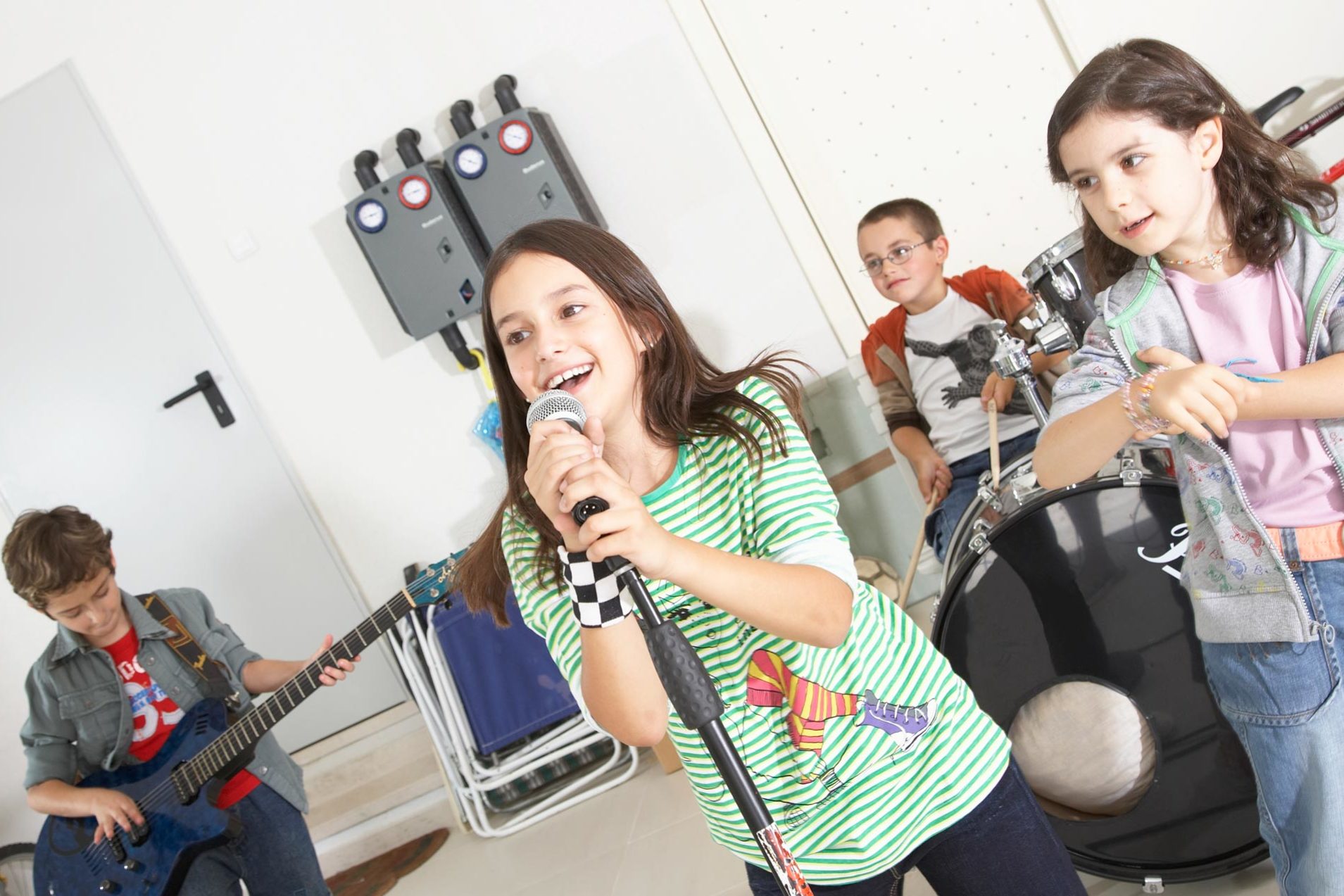Top Tips on Singing
Posted on 10th September 2020
Many people let lack of confidence hold them back when thinking about singing. Whether you’re a born vocalist or a self-proclaimed ‘non-singer,’ or even if you were told as a child that you were completely tone deaf, the MWC team has put together some tips and ideas to get you started.
Singing releases feel-good chemicals such as endorphins into the brain, lifting the winter blues and relieving stress. It’s great physical exercise, raising oxygen levels in the blood, encouraging deep breathing and giving the lungs and facial muscles a workout. It’s good for you mentally and it’s also a really great way to communicate and build a sense of teamwork.
So start with some warm up exercises that involve stretching the body. This can help get everyone energised and boost confidence. Move your face: Smile, frown, wiggle your eyebrows, yawn… And get your body moving too
Think about posture. If you are leading the workshop, positive body language will make you feel more confident about singing
You will be more conscious of your breathing when you sing than you are normally. Allow your lower abdomen to relax so you can properly fill your lungs. As you sing, contracting your abdomen in a controlled way will help support the breath.
Here's a good, quick set up to start a singing workshop, from Sarah, one of our Workshop Leaders ...
Stand, feet hip width apart, and feel the floor with your feet. Raise your big toe only, and then release. Feel yourself rebalance.
Next, gently lean forward, hanging down, with your knees released. Gently roll back up the spine to standing and continue to raise your arms to the sky in a big stretch.
Bring your arms down to your sides, and place one hand on your belly, below your tummy button. Breathe in. Next, blow out candle an imaginary candle. Feel how the lower tummy follows through. Try this a few times. This is where breath should originate for singing.
Do some vocal warm ups which involve making silly noise:
Stand your group in a circle and play a game, challenging each person to make a sound entirely different from the previous person. You can make whoops, screams and other silly noises. This is great fun and really helps get past the shyness, fear and even emotional discomfort that some people feel about singing. You can even develop this into a piece of music by laying it over a pulse created by clapping or stamping and having someone lead different combinations of individual sounds.
Don’t label yourself or any of your participants as tone deaf. Many people lack confidence and practice at singing, particularly as adults, especially if their singing was criticised when they were children.
If you’re running a workshop for adults it might be an idea to spend some time sharing stories of childhood singing experiences, good or bad. Make this into a game that will make people laugh and unify the group.
If you’re working with children, get them to help make up a song about things they love doing. Include actions and drawings to engage all the senses.
Try some note matching exercises. Instead of singing or playing a note and then asking participants to match it, ask them to sing a tone first, which you then match. Your participants are then effortlessly singing in tune with another person, perhaps for the first time.
Remember, the less ‘perfect’ you can make the singing in any of these games, the more inhibitions will drop away. Focus on good breathing and confidence before working on sound or pitch, so you’re working on a level where everyone can succeed.
Share this post:










